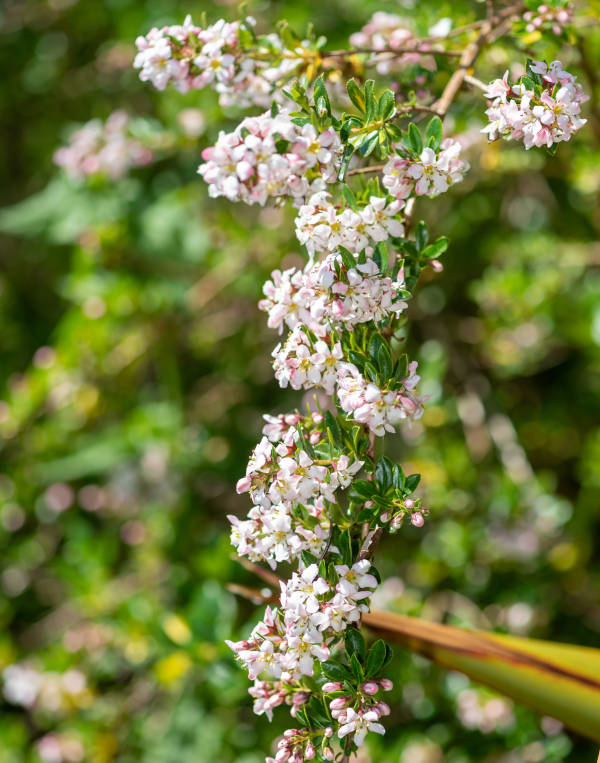How to grow Escallonia
Escallonia is a genus containing around 60 species of evergreen shrubs and small trees originating from woodland and scrub throughout South America. It is cultivated for its glossy, evergreen leaves and abundantly produced trumpet-shaped flowers. These can be white, pink, or red, and usually appear over a long period throughout the summer months.
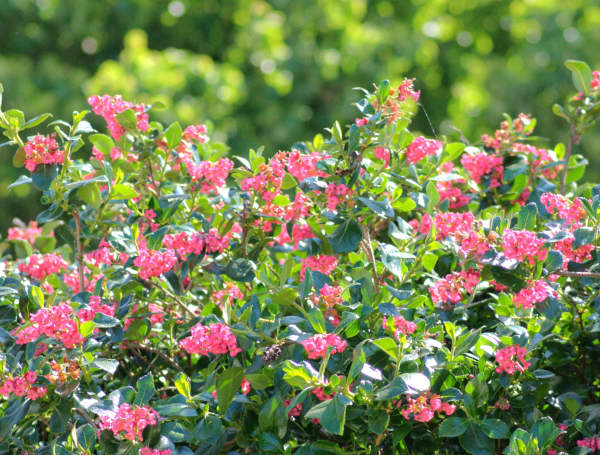
Zantedeschia is a genus of flowering plants from the family Araceae and is native to southern Africa. With a rich history dating back to the Ancient Romans, these deciduous or semi-evergreen perennials have been used as a symbol of celebration. Zantedeschia was Named after Professor Giovanni Zantedeschia, an Italian botanist.
There are two main forms of Zantedeschia: hardy and tender. Hardy forms of the plant can be grown outdoors, enjoy moist soil and full sun or partially shaded conditions - these are known as Arum lilies. Tender forms of Zantedeschia prefer being grown in containers or pots and should be brought inside over the winter - these are known as Calla lilies.
With tuberous flora in all colours from whites, yellows and oranges to deep reds and purples, Zantedeschias are not to be overlooked in any garden, as long as they have sufficient sunlight to grow in.
Ready to learn more about growing Zantedeschia? Read on for all there is to know...

Key Information
Soil pH
Position
Hardiness


Where & when to plant Escallonia
Position - Full sun with shelter from cold winds (though warmer, coastal winds are okay)
Soil - Any fertile, well-draining soil
Flowering Period - Summer
Hardiness - Hardy
For best results, plant in autumn or spring. An autumn planting can be done by those gardening in mild conditions (and broadly speaking, this is the southern half of the UK). For those liable to cold winters, it is best to wait until spring (generally the northern half of the UK). Planting can also be carried out in summer, though be prepared to water regularly.
Escallonia can be grown as an upright, spreading shrub and will form a dense dome if left to do so. It can also be clipped as an informal, wildlife-friendly hedging plant, garden screen, or windbreak. Escallonia is very tolerant of coastal conditions, making it a popular choice in seaside gardens. In colder parts of the country it prefers a sheltered spot, ideally against a warm, south-facing wall.
Avoid the two extremes of very dry or waterlogged soil.
The more compact types of escallonia can also be grown in a container.
How to plant Escallonia
In the ground
- Clear the chosen area of weeds.
- Dig a planting hole several times larger than the root ball. Now is the time to add a plenty of well-rotted organic matter, and in heavier soils, a generous amount of horticultural grit.
- Place the plant in the hole, ensuring the top of the root ball sits level with the surface of the soil. Too low and the plant may rot, too high and the roots can dry out.
- Backfill with soil and firm in gently.
- Soak well with water.
- Mulch with well-rotted organic matter.
- If you are planting an escallonia hedge, we recommend a spacing of 30-40cm between each plant.
In a container
- Choose an appropriate container, ensuring there are plenty of drainage holes in the bottom.
- It can be a good idea to fill and plant large containers in situ to save yourself the trouble of moving once full.
- Use a good quality potting compost with plenty of horticultural grit mixed in, and, if not already present in the compost (check the description on the bag) some slow-release fertiliser granules.
- Start by partially filling the pot with compost; enough so that when placed on it the upper surface of the root ball is about 3cm lower than the top of the pot.
- Infill all the space surrounding the root ball with compost, firming down with your fingers then adding a little more so the plant is held tight.
- Pick up the pot (if you can!) and lightly tap on the ground a few times to help further settle the compost around the plant.
- Soak well with water.
- A mulch with horticultural grit will look attractive and help to prevent a ‘cap’ or crust forming on the top of the compost (something container plants can suffer due to the artificial nature of their watering).
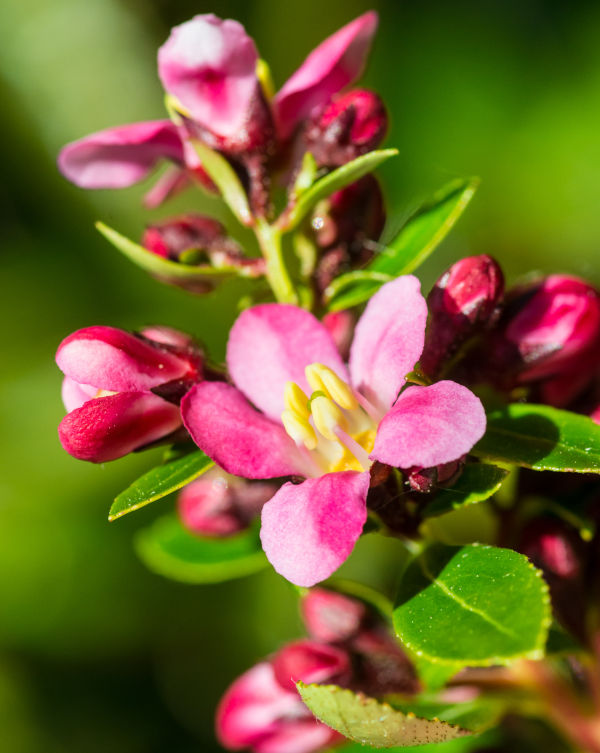
What to plant with Escallonia
For an attractive, flowering hedge bursting with colour and humming with pollinators, try mixing escallonia with choisya, syringa, and fuchsia.
Escallonia grown as a standalone shrub in a coastal garden combines perfectly with other salt and wind tolerant companions such as tamarix, crinodendron, anisodontea, cistus, armeria, agapanthus, and eryngium.
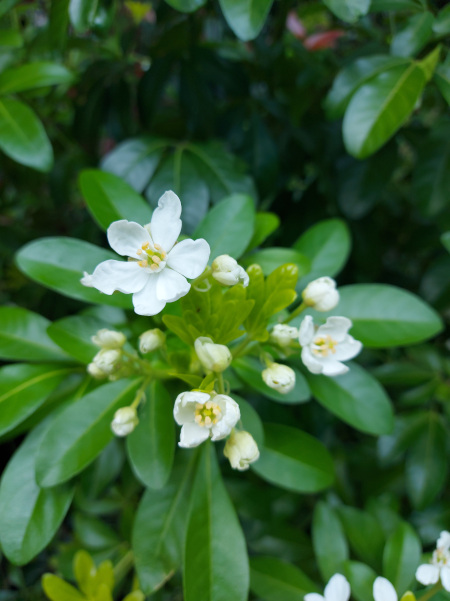

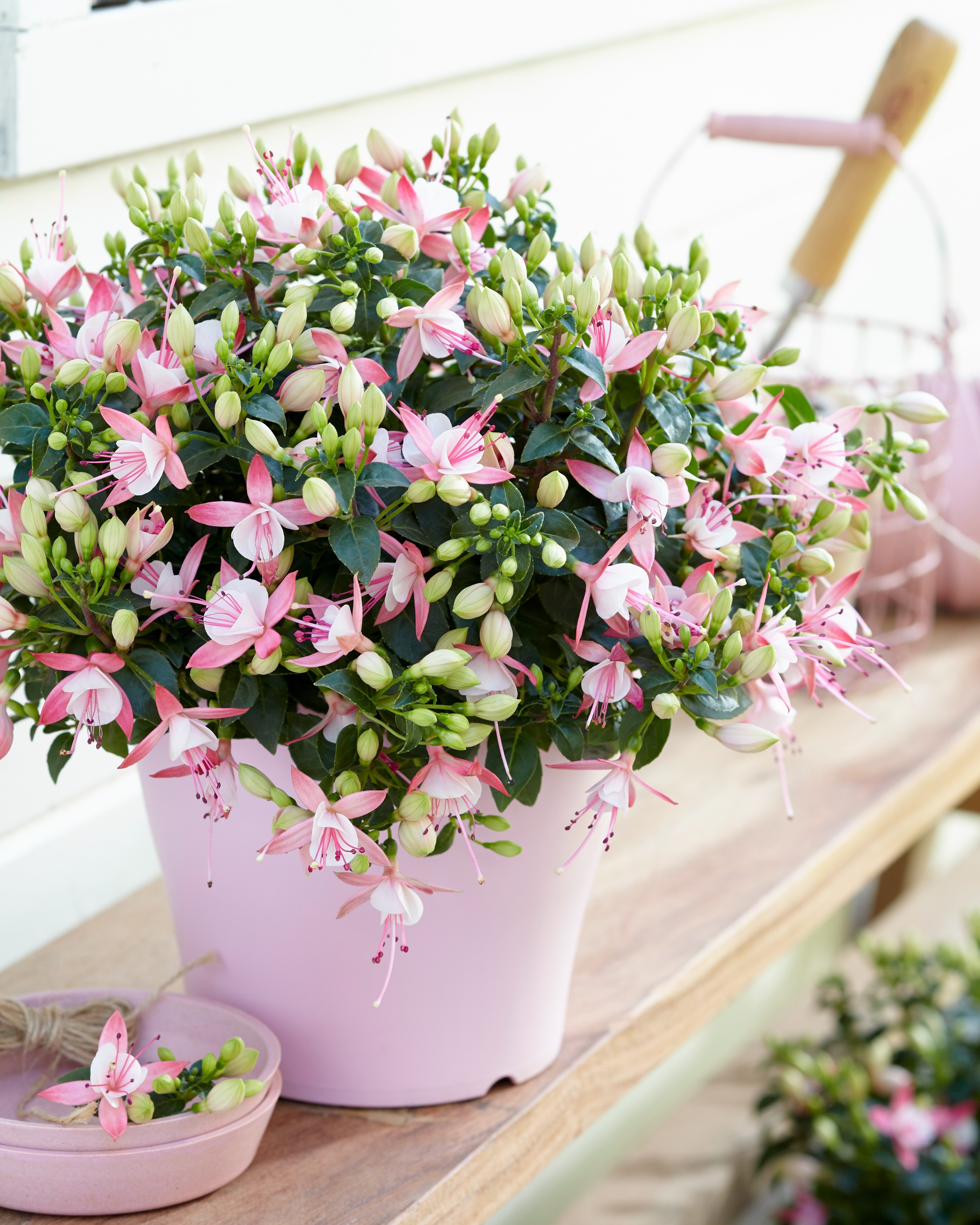
How to care for Escallonia
Pruning and Deadheading
Escallonia grown as a hedge should be clipped after flowering in late summer/ early autumn.
Standalone shrubs require little pruning. Remove dead, diseased, damaged, and badly placed branches in spring. Try to resist the temptation to remove anything more than this, as flowering will be reduced later in the year.
Watering
Water regularly until established (this generally means for the first year), and in very dry periods thereafter.
Container-grown escallonia requires regular watering throughout the growing season. Allow the top few centimetres to dry out between soakings.
Cold Protection
The hardiness of these South American shrubs can very. Of those offered by Hayloft, some (e.g., ‘Apple Blossom’ and ‘Golden Carpet’) are hardy to the -10°C to -15°C range and can withstand a cold winter without the need for protection (provided they are not exposed to waterlogged soil or cold, drying winds).
Others (e.g., ‘Pink Elle’, ‘Red Elf’, and ‘Showstopper’) are slightly less hardy and fall in the -5°C to -10°C range. These should be okay in the average UK winter, though in very cold areas they are best given the protection of a warm, sunny wall. Again, waterlogged soil and cold, drying winds are to be avoided. If you cannot offer the insulation of a wall, popping a fleece jacket over when a very cold snap is expected can be a quick and easy way to protect against damage.
Pests and Diseases
Until recently, escallonia was considered a problem-free shrub rarely troubled by pests or diseases. Unfortunately, recent years have seen an increase in a fungus affecting the foliage, known as escallonia leaf spot.
This seems to be particularly prevalent in wet summer conditions, making it all the more important to ensure good drainage.
If you spot signs of leaf spot on your escallonia, remove and dispose of any affected leaves quickly and thoroughly, and prune out entire branches if necessary. In severe cases, cutting back hard in spring can be worth a try (to encourage healthy new growth), though be aware plants may be too weakened to respond in the desired way. In these cases, we recommend removing them altogether and replacing with an alternative plant.
As always, our advice is to grow as healthy plants as possible to help ward off problems. Mulch your escallonia generously each spring, and water during periods of drought.
How to propagate Escallonia
Escallonia can be propagated by cuttings taken during summer.
- Find non-flowered shoots 5-10cm long and snip off the plant.
- Put them in a plastic bag straight away to prevent drying out.
- Fill a container with a compost mix which is at least 50% perlite (or if you prefer, as we do, 100% perlite).
- Trim the end of the cutting to just below a node (point at which leaves grow).
- Remove the lowest third of leaves.
- If the remaining leaves are large, cut them in half with a sharp knife (to reduce water lost through transpiration).
- Insert the cuttings into the compost and water lightly. Several cuttings can be put in the same container if there is enough space to do this without them touching.
- Place in a greenhouse or propagating unit if you have one or covered with a plastic bag on a windowsill if not (out of direct sunlight).
- Keep the cuttings misted and occasionally watered until they root. You will know this has happened when roots emerge out of the bottom of the container.
- Gently remove rooted cuttings and pot them into individual pots. Grow on in a cool yet frost-free environment such as an unheated conservatory, greenhouse, or cold frame, until they are large enough to be planted out.
Common Escallonia Questions
- How long does escallonia take to grow?
Individual species vary, however escallonia tends to grow 25-45cm per year on average. - What conditions does escallonia like?
The winning combination for these South American shrubs is full sun, well-draining soil, and shelter from cold, drying winds. Some of the less hardy types will also benefit from the protection of a warm, south-facing wall. - What is the best feed for escallonia?
For escallonia grown as a hedge, an annual application of general slow-release granules in early spring can boost overall health, as well as a generous layer of mulch.
Container-grown escallonia should be fed with a balanced liquid feed regularly throughout the growing season.
- Is escallonia poisonous to dogs?
Escallonia has no reported toxicity to animals or humans.
